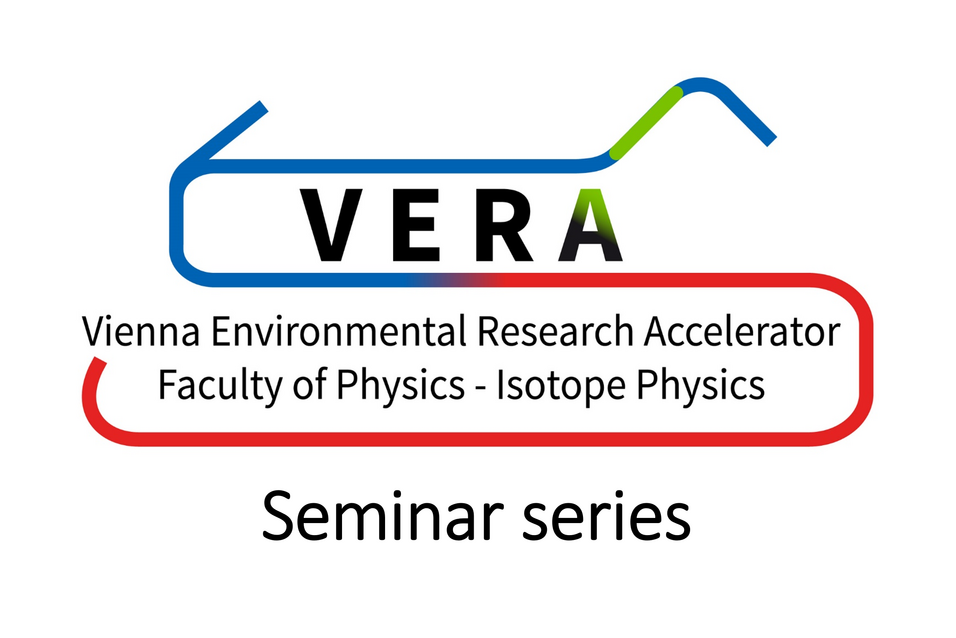The interaction of slow highly charged ions with surfaces and 2D materials isgoverned mostly by charge exchange. Electron capture from the surface to the ionand subsequent de-excitation processes facilitate the release of potential energystored in the ionic system. The amount of energy transferred to the electronic systemof the solid is typically much higher than the kinetic energy loss close to the surface.Strong electronic excitations in the surface can cause material modification on thenanoscale, like perforation or nano-melting. Combining ion transmissionspectroscopy, secondary particle emission spectroscopy, and sample microscopyafter irradiation, we could show that the potential energy deposition is essentiallyconfined to the topmost surface layer. Furthermore, the potential energy release ofthe ion depends strongly on the interatomic separation of the ion and the surfaceatoms upon transmission. We identified a specific distance-dependent two-centreAuger-Meitner process, the Interatomic Coulombic Decay (ICD), to drive thepotential energy deposition. Our data suggests that charge exchange spectroscopy ofslow highly charged ions can be used to determine the atomic structure or porosityof thin material layers, in particular for cases of radiation-sensitive materials wheretransmission electron microscopy may not yield sufficient contrast and resolution.
Richard Wilhelm (Vienna): Using slow ions in high charge states to modify and analyse free-standing two-dimensional materials
Location:
Victor-Franz-Hess-Hörsaal, Währinger Str. 17, 1. Stock Kavalierstrakt
Verwandte Dateien
- Wilhelm_30-01-2025.pdf 622 KB

